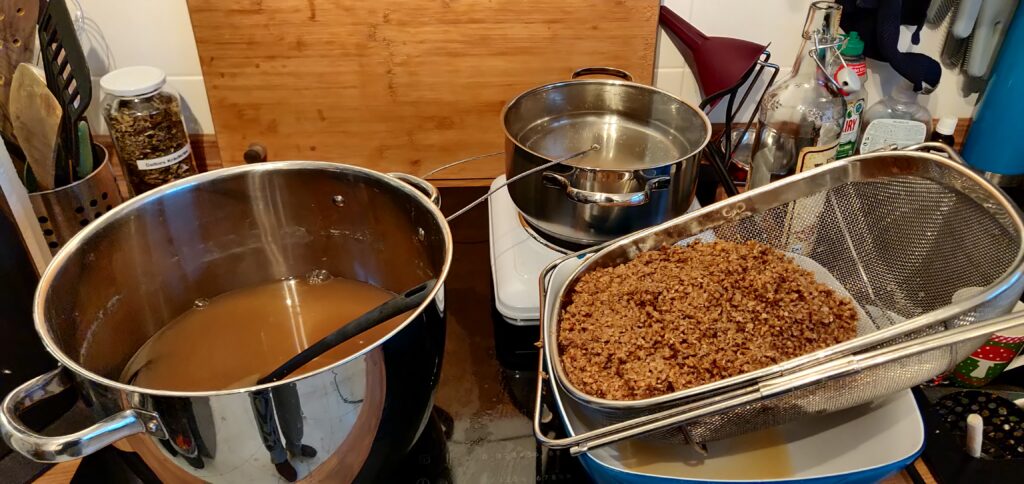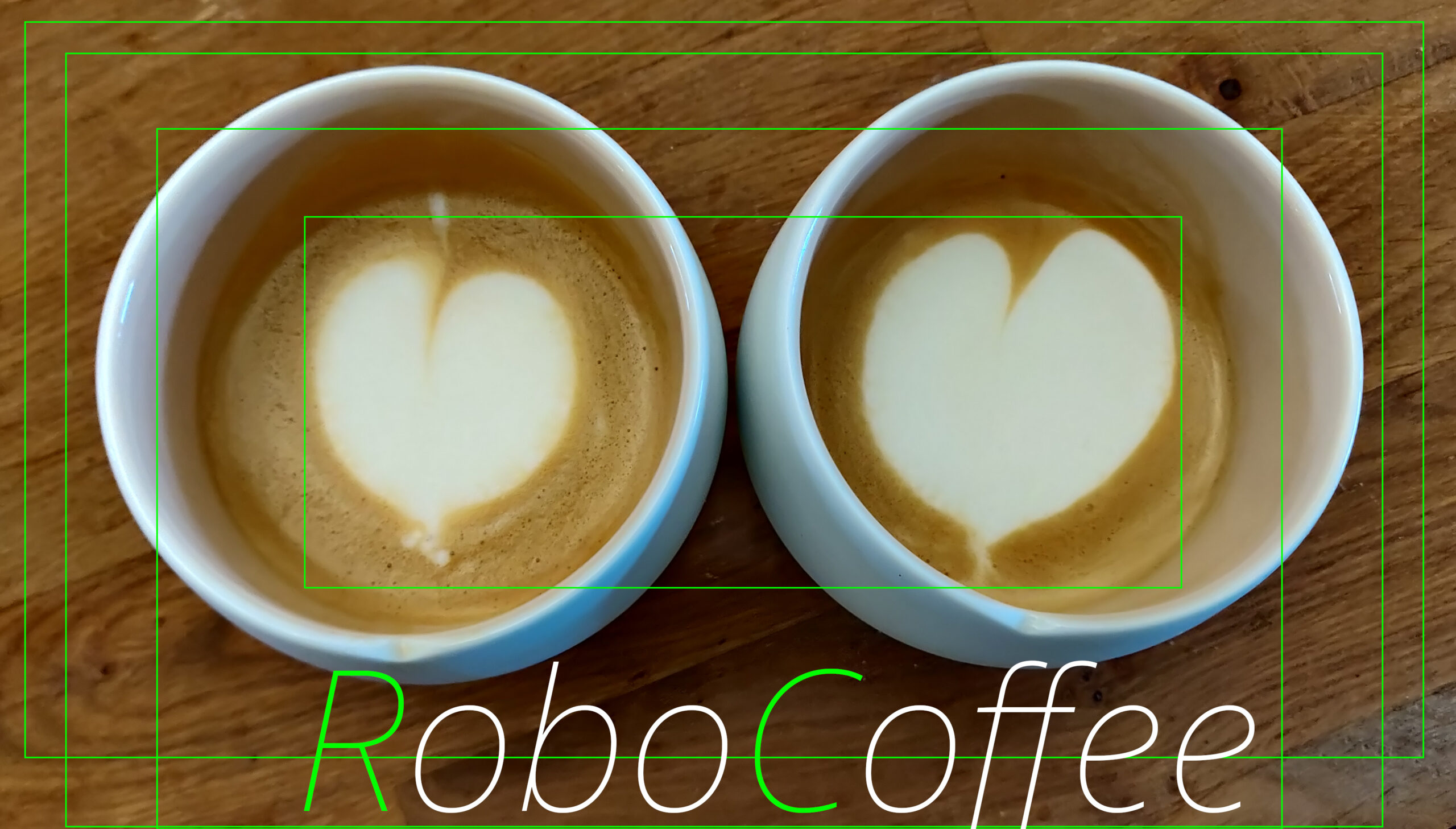
For the „Läutern“ (or „Abläutern“) step a „Läuterbottich“, a tub / bucket with a sieve inlay and outlet tap, is commonly used. The wort („Würze“) is transferred into the Läuterbottich and left for a defined resting time, the „Läuterruhe“. During this time the draff („Treber“) sets down onto the sieve and acts as an additional, finer natural sieve.
The wort is then cleared in two steps: 1. „Hauptguss“ (main pour) 2. „Nachgüsse“ (post pours).
- In the Hauptguss the first wort („Vorderwürze“) is progressively tapped off poured over the draff cake. This is repeated until the wort is clear and free of any trub, where the wort is ultimately transferred back into the brewing kettle.
- In the Nachguss additional water, matching the temperature of the wort, is progressively poured over the draff cake to extract the remainder of wort. The amount of water needed for the Nachguss is determined by the type of malt and target original extract of the wort („Stammwürze“). Once the draff is dry the newly won wort joins the brewing kettle.
In my first brew I wasn’t equipped with a Läuterbottich and had to rely on different containers for filtration. This has a huge downside: because the draff is exposed to air it quickly cools down – now, when the Nachguss is poured over the draff the water temperature could drop sharply, which in order would lead to a incomplete / uneven extraction.
